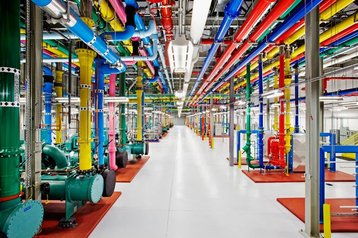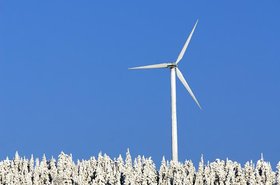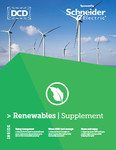Google is moving workloads to data centers where renewable energy is available.
As renewable energy is intermittent, based on when the sun shines or the wind blows, Google shifts compute to the nearest data center with available renewable sources.
Hear Google's Raiford Smith explain how the grid can prepare for the hyperscale electricity demand at DCD Grid>Scale
Chasing the sun
"Shifting compute tasks across location is a logical progression of our first step in carbon-aware computing, which was to shift compute across time," Google's co-founder of the Carbon Intelligence Computing program, Ross Koningstein, said.
"By enabling our data centers to shift flexible tasks to different times of the day, we were able to use more electricity when carbon-free energy sources like solar and wind are plentiful. Now, with our newest update, we’re also able to shift more electricity use to where carbon-free energy is available."
The new initiative only covers "moveable" tasks. Latency-sensitive workloads, those covered by data sovereignty laws, or cloud customer tasks will still be based out of their original data center.
"We’re applying this first to our media processing efforts, which encodes, analyzes, and processes millions of multimedia files like videos uploaded to YouTube, Photos, and Drive," Konigstein said.
"Like many computing jobs at Google, these can technically run in many places (of course, limitations like privacy laws apply)."
It is not clear how much of Google's compute can be classified as moveable, but the initiative should become obsolete by the end of the decade.
The company plans to supply all of its data centers with carbon-free energy by 2030, 24/7.
It currently covers its energy needs with equivalent renewable power purchase agreements (an 80MW data center will be covered by an 80MW solar PPA), but the power is not matched hour for hour.




